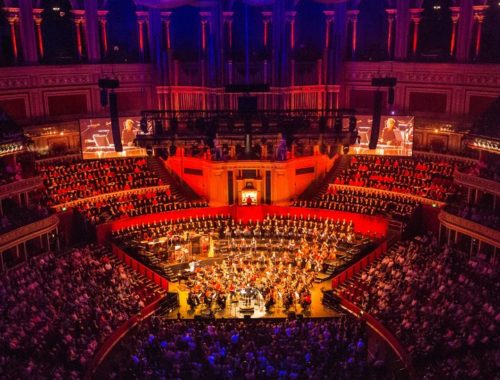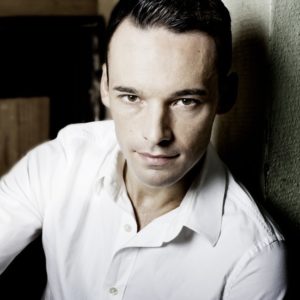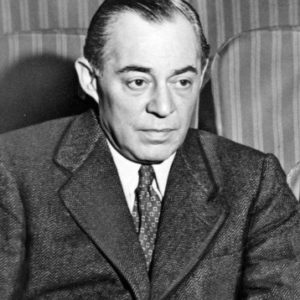Love Never Dies…twice
Thinking back to the much-publicised revamp of Boublil and Schonberg’s Martin Guerre (with which Cameron Mackintosh cunningly succeeded in giving jaded critics a second bite at a great score whilst not actually fixing the show) I am reminded of how easy it is to to over-work and over-clarify a piece and still not find the trigger that fires it. I much enjoyed Andrew Lloyd Webber’s Phantom sequel Love Never Dies the first time around – not least for its opulent “golden age” score, still conducted with so much passion and innate feeling for its phraseology by David Charles Abell – but there is no question that its radical revamp, principally focused on the lengthy first act exposition, eradicates some of the confusions and engages its audience with grabby immediacy. The all-important plot connections with the original are now hurled out in a series of newspaper headlines – a bit obvious, a bit cliched, you might argue (and I do), but you sure as hell know where you are.
I have to say I liked the symmetry of the opening and closing scenes in the original version but tried and tested musical theatre wisdom would not argue with the revision’s new-found pace and clarity nor with the decision to shift the Phantom’s stonking ballad “‘Til I Hear You Sing” to the top of the show. Hit ‘em fast, hit ‘em hard. That really is putting your best foot forward. Not at all sure about Christine’s appearance as a mechanical doll in this first scene. Surely that’s to preempt her rather showy arrival – a smashing moment – in New York. Could she perhaps be masked? A doll’s face, a resemblance, nothing more? Still, the dramatic stepping stones are now well laid and the revelation about Christine’s son Gustave is better set up for a gripping first act curtain.
Act two always worked and, largely untouched, still does. I take my hat off to Jack O’Brien for the build-up to Christine’s will-she-won’t-she-sing-the-title-aria moment. The slow revolve, the quartet of interested parties emerging from shadow to voice their innermost thoughts – this is operatic in composition and staging and works a treat. A word, too, for the lustrous Sierra Boggess who is that rare thing in musical theatre today: a really accomplished soubrette soprano with a feisty chest voice. The title number, thrillingly delivered (and fabulously lit), really makes capital of those penetrating chest/belt notes in the climactic section but then she’s soaring up the octave to tingling effect before the unexpectedly muted finsh. She’s a hard, if not impossible, act to follow.
I do find the emotional memory of Lloyd Webber’s melodies deeply affecting in the final scene – not least the aching falls in the pay-off to “Once Upon Another Time”, so moving in the Phantom and Christine’s final exchanges. But one final thing – and you really should stop reading now if you still haven’t seen the show – Gustave’s acceptance of the Phantom as his real father was an overwhelming moment in the show’s first incarnation as the boy removed the mask and uncovered the face that had so alarmed and repulsed him and in a gesture of acceptance of “the beauty underneath” reached out to touch the terrible scares. That powerful moment is now reduced to just a touching embrace. The first signs of acceptance still register, it’s true, more subtly you might think, but for me it’s a compromise too far. “The Beauty Underneath” is still the message at the heart of this show and its prequel and that moment was a startling endorsement of it.
You May Also Like

GRAMOPHONE: From Where I Sit – Awards Issue 2019
08/11/2019
A Conversation With LINUS ROTH: Crusading for Weinberg
17/09/2014